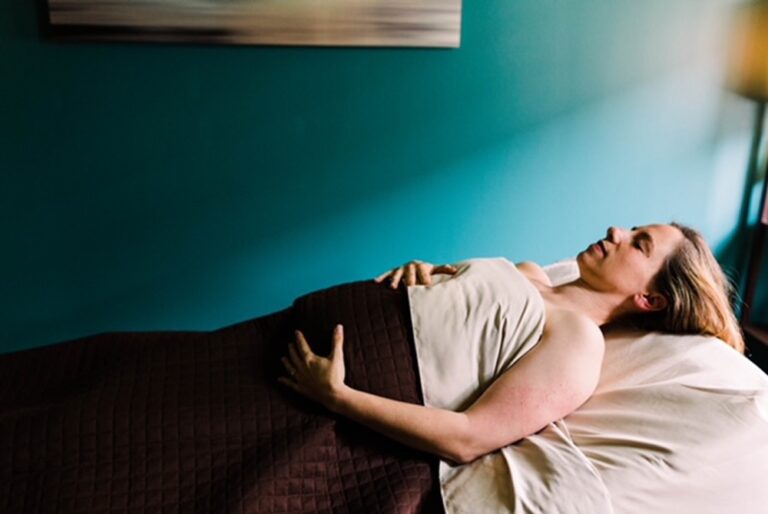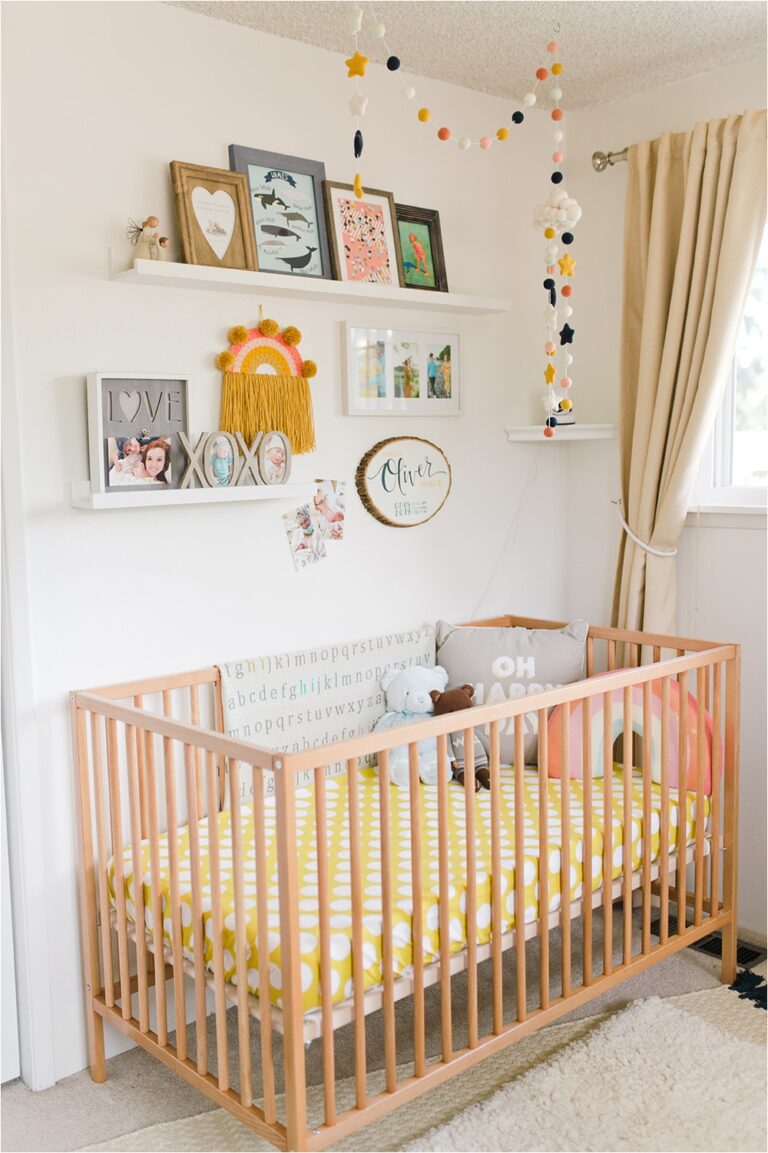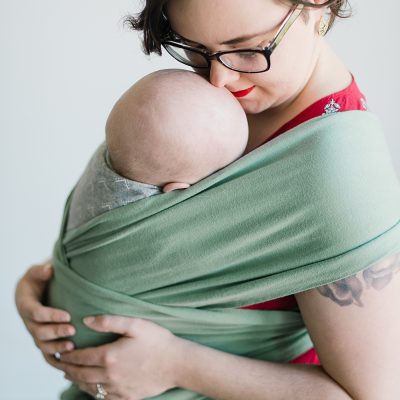Guest post by OMC member Kelsey Alford, of Nested Sleep
…

There are a lot of myths out there about sleep training and as you guys know I’m a fact and evidenced-based girl, so I will give you the rundown of all the most common methods, when to start, and how to know if you may need additional support.
Let’s start with a common question: “Is sleep training something that every baby needs?”. Nope! Sleep training or sleep education is needed when a child > 4-6 months is either 1) Having a hard time falling asleep independently and/or 2) Is waking more than once a night (in an 8-12 hour period). Of course here or there it can be a twice wakeup, but if they are waking 3-4 times a night then that my friend is not good for parents or the baby’s physical and mental health long term.
Now I know that sleep training can be controversial and we won’t get into too much of that here because ultimately the beauty of parenthood is that YOU GET TO DECIDE WHAT WORKS FOR YOUR FAMILY! I never, ever, tell a family that they need to sleep train, but it absolutely is available to help children learn to fall asleep and stay asleep on their own without any harm to the attachment between parents and child long term (Gradisar et al., 2016).
For my family that means that I snuggle with my kiddos, they fall asleep on their own, and then I get the time I need to make myself whole. It fills my cup so that I can be a well-rested mama the next day!
What types of sleep training methods are there for babies:
- The extinction method or cry it out: This involves putting baby to bed awake, and coming back in the morning (while evidence shows to be effective I don’t use this method because it is rarely comfortable for baby/child or parents to implement)
- The progressive waiting approach or controlled crying: This involves putting the baby down awake in the crib and checking on baby/child at set intervals
- Chair method: This method involves putting the baby down awake and sitting in the chair until the child falls asleep progressively moving where the chair is in the room.
- The no-cry method: This method involves putting the baby down a little drowsy and if they cry picking them up and waiting until calm then put them down again (drowsy not asleep). (Does take weeks or months to fully complete)
Working with hundreds of clients I have found there is not one particular method that is a one size fits all. I use methods 2-4 depending on the families values, desires, child temperament, and most importantly what the family can be most consistent with.
How do you know if you need support with sleep training?
Sleep training can sometimes be overwhelming! Even if this is not your first child there can be a number of reasons why support may be helpful.
Generally hiring a sleep consultant can be helpful if:
- You have read the books and sleep training DID NOT WORK! It doesn’t mean your child can’t learn the skills it may just mean that the right method wasn’t used. I help clients figure out which method is best and sometimes even do a combo depending on the family’s needs.
- You started sleep training, but two nights you regressed. Maybe you couldn’t see the end in sight and so you started nursing or feeding a bottle again. I am your coach and cheerleader to make sure you can get to the finish line!
- You and your partner aren’t on the same page. While I always recommend talking over the end goals to make sure you agree, sometimes it is necessary to have a consultant give you the plan and both parents can follow it together rather than one person coming up with the plan alone and then blame follows. I’ll be there to help guide you both to be the best parents you can be!
Now you know when to start, the methods to choose from, and when to ask for help! If you have more questions about what it’s like to work with me book a discovery call today to learn more about how I can help!

National Sleep Foundation: https://www.sleep.org/sleep-training-babies/ and Pediatrics Study: https://pediatrics.aappublications.org/content/early/2016/05/21/peds.2015-1486You can follow Kelsey on Instagram






